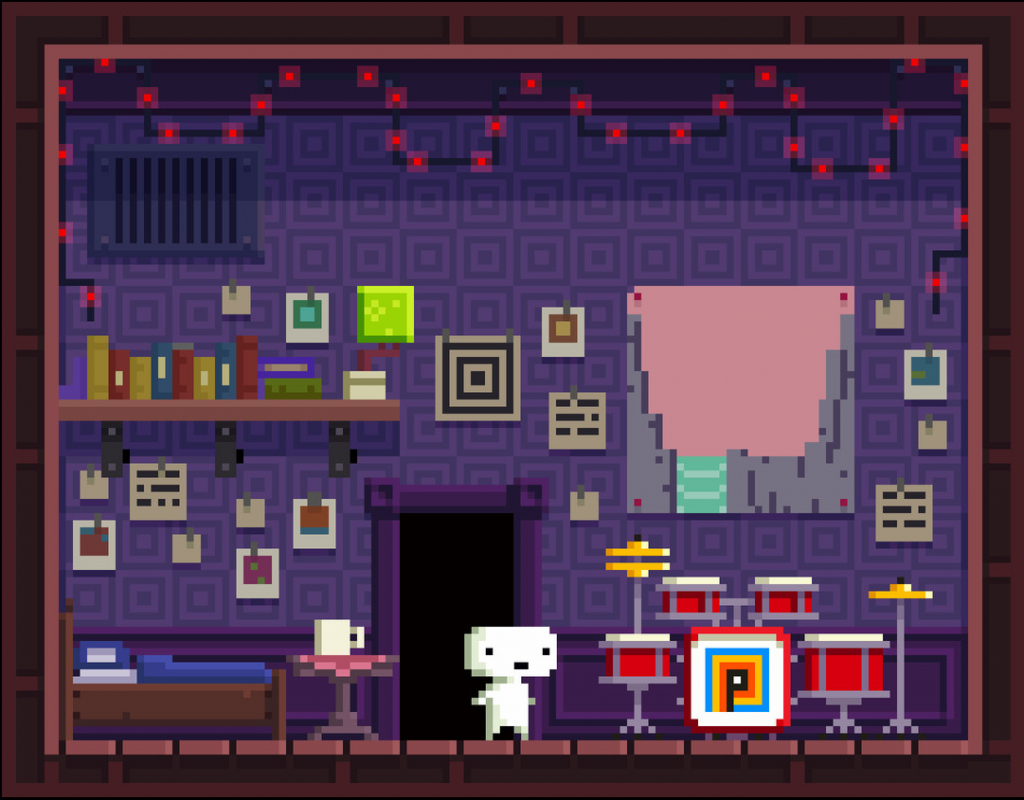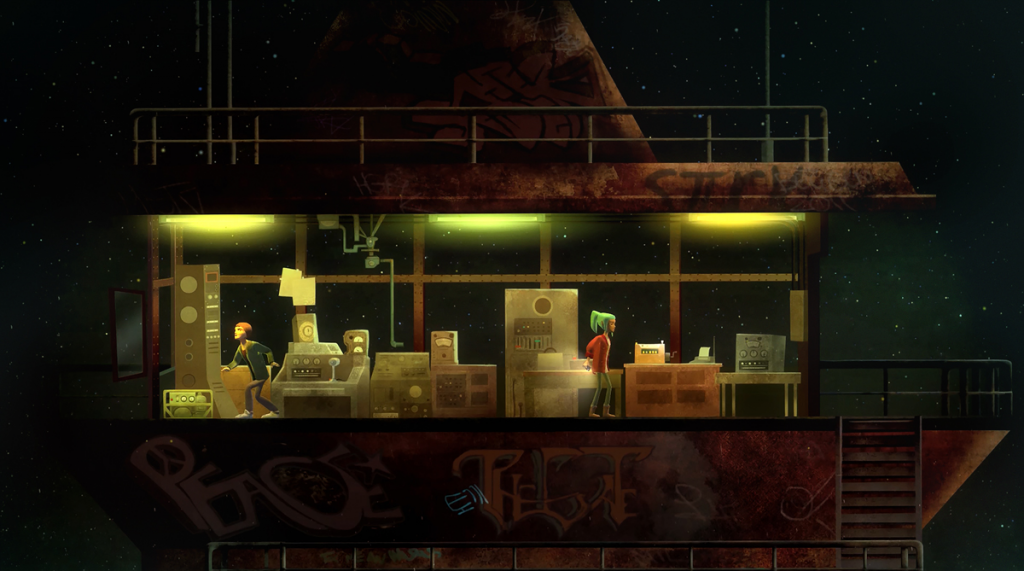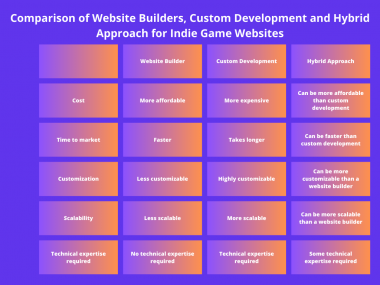The indie game scene has exploded in recent years, with small teams of developers creating innovative and critically acclaimed games on a shoestring budget. This article will explore the top 20 indie games of all time, highlighting the games that have had the biggest impact on the gaming industry and set the standard for indie development.
The Rise of Indie Games
The indie game revolution can be traced back to the early 2000s, when the rise of digital distribution platforms like Steam and itch.io made it easier for indie developers to reach a wider audience. This led to a surge in indie game development, as more and more people were able to create and share their games with the world.
The indie game scene continued to grow in the 2010s, with games like Braid, Minecraft, and Undertale becoming critical and commercial successes. These games showed that indie games could be just as good, if not better, than mainstream titles. They also helped to diversify the gaming landscape, introducing new genres and styles of games to a wider audience.
The Essence of Indie Games
What defines an indie game? There is no single, definitive answer, but there are a few key characteristics that most indie games share.
Creativity
Indie games are often more creative and experimental than mainstream titles. Indie developers are not controlled by publishers or investors, so they are free to take risks and try new things. This has led to the creation of some truly innovative and unique games.
Passion
Indie developers are typically passionate about their games. They are not in it for the money or the fame, they are in it to create something that they are proud of. This passion shows in the games they make, which are often more polished and well-made than you would expect from a small team.
Community
The indie game scene is a close-knit community. Indie developers support each other and help each other out. This community spirit is one of the things that makes the indie game scene so special.
Criteria for Inclusion
The games on this list were selected based on the following criteria:
- Critical acclaim
The games on this list were all critically acclaimed, receiving high praise from critics and gamers alike.
- Commercial success
The games on this list were all commercially successful, selling well and making a profit for their developers.
- Impact on the gaming industry
The games on this list have had a significant impact on the gaming industry, influencing other developers and helping to shape the future of gaming.
- Diversity of genres
The games on this list represent a wide variety of genres, from puzzle platformers to role-playing games to Metroidvanias. This diversity is one of the things that makes the indie game scene so exciting.
The Top 20 Indie Games
Braid (2008)

Developed by Jonathan Blow, Braid stands as a landmark puzzle-platformer that defied conventions and rewrote the rules of time. With its innovative time manipulation mechanics, players found themselves unraveling the fabric of reality itself, rewinding and manipulating time to solve intricate puzzles. But Braid’s brilliance extends beyond its mechanics. It challenges players with thought-provoking puzzles that blur the lines between logic and creativity, leaving them pondering not only the solutions within the game but the very nature of time itself.
Super Meat Boy (2010)

Created by Team Meat, Super Meat Boy emerges as a testament to both masochistic challenge and irreverent charm. This challenging platformer catapulted players into a world of intense platforming action, where each level posed seemingly insurmountable obstacles. Yet, the allure of victory and the game’s charmingly quirky aesthetic kept players coming back for more, defying frustration and embodying the spirit of perseverance. Super Meat Boy proved that behind its pixelated facade lay a grueling yet rewarding experience that left an indelible mark on the indie game landscape.
Limbo (2010)

Playdead’s Limbo presents an enigmatic and atmospheric journey that invites players into a hauntingly beautiful monochromatic world. With minimalist visuals that draw players into a shadowy realm, the game unfolds as a puzzle-platformer of profound depth. Yet, its true brilliance lies in its ability to evoke emotions without uttering a single word. The narrative, shrouded in mystery, compels players to explore the unknown, solving puzzles that serve as metaphors for life’s trials and tribulations. Limbo leaves players in awe, not only for its artistic splendor but for its ability to touch the soul.
Minecraft (2011)

Developed by Markus Persson (Notch), Minecraft stands as a monument to boundless creativity and endless possibilities. This sandbox game revolutionized the gaming world by empowering players to shape entire worlds from nothing but blocks. From humble beginnings to grand architectural marvels, Minecraft became a canvas for imagination. Its open-ended nature encourages players to craft, explore, and collaborate, fostering a global community that continuously pushes the boundaries of what’s possible. Minecraft isn’t just a game; it’s a platform for creative expression that redefined how we perceive virtual worlds.
Fez (2012)

Created by Phil Fish, Fez embarked on a unique journey, shifting players’ perspectives and challenging their spatial reasoning. This puzzle-platformer introduced a mind-bending mechanic: the ability to rotate the 2D world in 3D space. With a charming pixel art style that harkened back to classic gaming, Fez transported players into a dimension-bending adventure. It captivated minds and drew players into a world where perception was key, unraveling secrets and uncovering mysteries that blurred the line between reality and imagination.
Hotline Miami (2012)

Dennaton Games’ Hotline Miami thrust players into a neon-soaked fever dream of violence and rhythm-driven chaos. Set against a backdrop of pulsating music and vibrant visuals, this top-down action game offered a surreal and intense experience. Players embraced the role of a hitman, leaving a wake of destruction in their path. Its challenging gameplay demanded precision and strategy, forcing players to dance with death as they carved a bloody path through the neon-lit underbelly of society. Hotline Miami’s mesmerizing soundtrack and distinctive visual style transformed it into a hypnotic and unforgettable gaming experience.
Undertale (2015)

Toby Fox’s Undertale redefined the boundaries of conventional game design, intertwining gameplay mechanics with morality and player choice. This RPG subverted expectations by allowing players to spare or befriend enemies rather than resorting to violence. Undertale’s charm lay in its witty humor, memorable characters, and the emotional connections players formed. The game’s narrative posed thought-provoking questions about morality, consequence, and the power of empathy, leaving players pondering the choices they made long after the credits rolled.
Stardew Valley (2016)

Developed by Eric Barone, Stardew Valley breathed new life into the simulation genre, inviting players to escape to a tranquil world of farming and community. With its relaxing gameplay and charming aesthetics, players found solace in cultivating crops, raising animals, and forging relationships with the townspeople. Stardew Valley’s sense of community extended beyond its digital borders, fostering a passionate fanbase that embraced its heartwarming escapism. It became a place of respite, a digital haven where players could embrace a simpler life and bask in the joy of nurturing a virtual homestead.
Hollow Knight (2017)

Team Cherry’s Hollow Knight emerged as a masterpiece of the Metroidvania genre, plunging players into a hauntingly beautiful world teeming with secrets and challenges. With its intricate world design, challenging combat, and stunning hand-drawn art, Hollow Knight captivated players with an atmosphere of mystery and discovery. As players ventured deeper into the labyrinthine underground realm, they uncovered a narrative rich in lore and riddled with melancholic beauty. Hollow Knight’s unforgiving yet gratifying gameplay and enchanting world design solidified its status as a modern indie classic.
Cuphead (2017)

Developed by Studio MDHR, Cuphead transported players to a bygone era of animation and entertainment. This run-and-gun platformer drew inspiration from the art style of 1930s cartoons, resulting in a visually stunning and uniquely challenging experience. The game’s exquisite hand-drawn visuals and lively soundtrack created an immersive atmosphere, while its demanding gameplay paid homage to the classic arcade games of yesteryear. Cuphead’s ability to fuse nostalgia with innovation and challenge earned it a place among the pantheon of iconic indie games.
Celeste (2018)

Crafted by Maddy Makes Games, Celeste embarked on a journey of self-discovery and triumph over personal challenges. This platformer captivated players with its touching narrative, following protagonist Madeline as she scaled a treacherous mountain. Precise controls and challenging levels tested players’ skills, while the emotional depth of the story resonated on a profound level. Celeste’s fusion of challenging gameplay and poignant storytelling served as a testament to the power of video games to explore themes of mental health, perseverance, and personal growth.
Slay the Spire (2019)

MegaCrit’s Slay the Spire breathed new life into the roguelike genre with its innovative blend of deck-building mechanics and strategic gameplay. Players embarked on a journey through procedurally generated levels, assembling decks of cards to combat foes and overcome challenges. The game’s addictive progression and strategic depth ensured that each run was a unique and compelling experience. Slay the Spire’s fusion of strategy, exploration, and deck-building creativity solidified its place as a must-play indie title.
Hades (2020)

Supergiant Games’ Hades reimagined the roguelike genre with its dynamic combat, compelling narrative, and breathtaking art style. Players delved into the depths of the Underworld, battling mythological foes while forging relationships with gods and goddesses. Hades impressed players with its engaging storylines, each run revealing new layers of character development and narrative depth. The seamless fusion of action-packed gameplay and rich storytelling earned Hades widespread acclaim, cementing its status as an indie game that transcends its genre.
Among Us (2018)

Developed by Innersloth, Among Us ignited a social gaming phenomenon, transforming players into deceitful crew members aboard a spaceship. In this social deduction game, players worked together to complete tasks while identifying the imposter among them. Among Us breathed new life into multiplayer interactions, sparking discussions, debates, and hilarious betrayals among friends. Its simplicity and accessibility ensured that players of all backgrounds could join in the fun, making it a cultural touchstone and exemplifying the power of shared gaming experiences.
Hollow Knight: Silksong (upcoming)

The highly anticipated sequel to Hollow Knight, Silksong promises to build upon the success of its predecessor. Developed by Team Cherry, Silksong introduces new challenges, characters, and environments, inviting players to once again embrace the role of a skilled adventurer in a world teeming with mystery and danger. As players eagerly await the release of Hollow Knight: Silksong, the game stands as a beacon of anticipation, poised to captivate players with its intricate world design and captivating gameplay.
Cyanide & Happiness: Freakpocalypse (2021)

Based on the popular webcomic, Cyanide & Happiness – Freakpocalypse aims to inject humor and satire into the adventure genre. Developed by Explosm Games, this upcoming title promises to deliver a comedic and irreverent experience that channels the webcomic’s signature style. As players prepare to embark on a journey through the twisted and hilarious world of Cyanide & Happiness, Freakpocalypse emerges as an eagerly awaited addition to the indie game lineup.
Oxenfree (2016)

Developed by Night School Studio, Oxenfree emerges as a supernatural thriller that weaves a tale of mystery and intrigue. Through a unique dialogue system, players influence the narrative’s direction, making choices that impact the unfolding events. The game’s hauntingly beautiful art style and atmospheric sound design immerse players in a world where supernatural forces and human drama collide. Oxenfree’s blend of supernatural suspense and character-driven storytelling creates an unforgettable experience that lingers long after the credits roll.
Katana ZERO (2019)

Askiisoft’s Katana ZERO thrusts players into a neon-soaked world of fast-paced action and intense combat. With its striking pixel art and stylish visuals, the game captures the essence of a cyberpunk dystopia. Players assume the role of an enigmatic assassin, engaging in lightning-fast battles and navigating morally complex choices. Katana ZERO’s fusion of adrenaline-pumping gameplay and narrative depth creates an immersive experience that challenges players to confront their own actions and motivations.
Dead Cells (2018)

Developed by Motion Twin, Dead Cells redefines the roguelike Metroidvania genre with its fluid combat, procedural generation, and addictive gameplay loop. Players venture through ever-changing levels, battling enemies and uncovering secrets with each run. The game’s rewarding progression, tight controls, and satisfying combat mechanics ensure that every death is a stepping stone to mastery. Dead Cells stands as a shining example of the roguelike genre’s potential, blending challenging gameplay with a sense of continuous growth and discovery.
Bastion (2011)

Supergiant Games’ Bastion emerges as an action RPG that captures the imagination with its dynamic narration, captivating soundtrack, and vivid world. As players explore a post-apocalyptic realm, their every action is accompanied by a narrator who weaves a tale that evolves based on their choices. The game’s distinct art style and atmospheric design immerse players in a world of mystery and adventure. Bastion’s ability to meld storytelling, action, and immersive world-building solidifies its position as an indie game that leaves an enduring impact.
What Sets These Games Apart
The games on this list are all unique and special in their own way. However, there are a few common qualities that they all share.
Innovation
Indie games are often known for their innovative gameplay mechanics. For example, Braid features a unique time-manipulation mechanic that allows players to rewind time to solve puzzles. Limbo is an atmospheric puzzle-platformer with minimalist visuals and a haunting narrative. And Minecraft is an open-world sandbox game that allows players to build anything they can imagine.
Emotional impact
Indie games often tell stories that resonate with players on a deeper level. These games can be funny, sad, heartwarming, or thought-provoking. They can make you laugh, cry, or think about the world in a new way. For example, Undertale is a role-playing game that challenges conventional game design and narrative, offering players meaningful choices and emotional connections. Stardew Valley is a farming simulation game that is known for its relaxing gameplay and sense of community. And Hollow Knight is a Metroidvania-style game that captivates players with its challenging combat, intricate world design, and striking art.
Creativity
Indie games are also known for their creativity. Indie developers are free to create games that reflect their own personal vision, which can lead to a wide variety of games that cater to a diverse range of interests. Whether you’re looking for a challenging platformer, a relaxing farming simulator, or a thought-provoking narrative game, you’re sure to find something to your taste in the indie game scene.
Conclusion

Indie games have had a profound impact on the gaming industry. They have helped to diversify the gaming landscape, and they have encouraged experimentation and innovation. Indie games have also shown that it is possible for small teams to create successful and critically acclaimed games.
The future of indie games looks bright. As technology continues to advance, indie developers will have even more tools and resources at their disposal to create even more innovative and creative games. The indie game scene is also becoming more diverse, with more women and people of color creating games. This is leading to a more inclusive and representative gaming industry.
We are excited to see what the future holds for indie games. We are confident that indie developers will continue to push the boundaries of what is possible in gaming, and I can’t wait to see what they come up with next.






